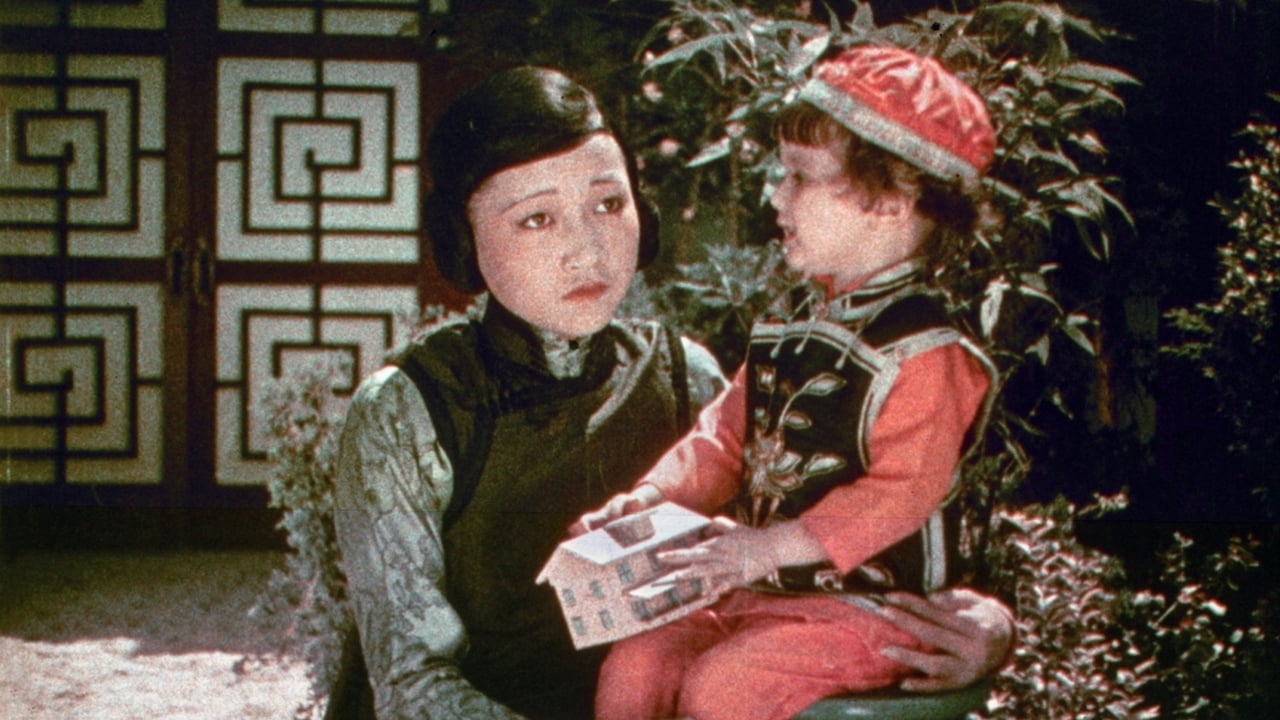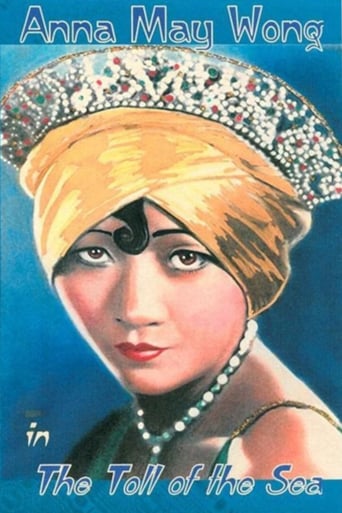

Lotus Flower (Anna May Wong) finds an American sailor (Kenneth Harlan) washed up on her shores, and quickly succumbs to his amorous advances. After being convinced by his ship-mates that he doesn't want a Chinese wife, he abandons her and the son he doesn't know about. The film goes on to show Lotus Flower pining after him and penning her own letters from him as a pretense to shore up her pride. When the incredibly insensitive sailor returns, he brings his new wife (Beatrice Bentley) along!!! Lotus Flower decides to give her son to the couple so that he can be raised for a better life in America. This film is mostly notable for two reasons: first, because it is an early and fairly impressive performance by Anna May Wong, who's asked to hold the whole film together practically by herself. Some of the other posters here have voiced respectful reservations about Harlan's performance -- I'll just say that he stinks in the whole film. His performance is so unappealing that it makes the character even more reprehensible than the writers obviously intended him to be. Bentley, a non-actress, fumbles through her scenes with Wong. Let's be frank: half the film is basically Anna May Wong standing around weeping with her hand pressed against her forehead. It's a testament to her talent and beauty that the movie isn't totally insufferable. The second reason the film is notable is the photography by J.A. Ball, a person who seems to have been a technician with Technicolor and who has no other credits as a photographer. In fact this film was produced by Herbert Kalmus and the Technicolor corporation, which had been incorporated a mere 7 years prior. Finding it difficult to convince any of the major film companies to use their expensive process, the company decided to make a feature film as a demonstration model. This is that feature film. The photography is sometimes nice, certainly interesting to look at, but it's generally not any more inspired than the direction. However I was startled by the obvious lens flares in the final shots of the film -- these could have been re-shot, so perhaps they used the effect deliberately? If so it must be the first time this was ever done on film. Perhaps it was a happy accident.
... View MoreThis film is, of course, memorable for its historic place as the first widely released film to be produced in color, albeit using a two-tone process that detected only red and green. It's indeed a visually beautiful film, with costumes and settings deliberately chosen to show off the pleasant colors that the new process could represent. Unfortunately I felt that the film itself just wasn't very good. In fact, it's probably best as a definition of "overwrought." Good melodrama has to keep the audiences illusions about the importance of what is going on intact; "The Toll of the Sea" frequently becomes laughable.The film is far too preoccupied with its own title cards: they are grandiloquent frequent, and frequently absurd or condescending. What is worse, major plot points, instead of being actually, filmed, are usually transmitted via title card. That's how we're let in on trivial details such as Elsie convincing Allan to say goodbye to Lotus Flower or Lotus Flower's son being born. That leaves the scenes that are actually filmed to consist mainly of characters (usually Lotus Flower) standing and emoting for long periods. I'm sure Anna May Wong is a good actress, but she's not given much of a chance to act here rather than to look sad for long periods. It's not good drama. I'm afraid the only thing to recommend this is, literally, the pretty colors.
... View MoreThe Toll of the Sea draws an audience because it was made in the early two strip Technicolor process. The story is about a Chinese girl named Lotus Flower (Anna May Wong) who finds a man dashed upon the rocks by the sea and rescues him. His name is Allen Carver (Kenneth Harlan) and he is an American. He and Lotus Flower fall in love and get married against the warnings that he will leave her for a white woman. Allen has good intentions until some American friends convince him to leave Lotus Flower behind because an inter-racial marriage would never work. The prophesy comes true, and Allen marries childhood sweetheart Elsie (Beatrice Bentley) in America, leaving Lotus Flower with a baby (Priscilla Moran) and a broken heart.The story is simple, sad, and poetic with some great acting by Wong. Unfortunately, many of her films are lost or unavailable, but she is always impressive in the roles she is given. Thankfully, the Chinese are portrayed sympathetically with very little stereotyping.The Technicolor is amazing here. We see mostly green and red, but the costuming and settings are strategically designed to utilize those colors. What results is a breath-taking film.The end of this film is lost, but it was restored by filming the Pacific Ocean with an original Technicolor camera. The title cards make the ending clear and the loss of footage does not detract from the ending's emotional power.
... View MoreGREAT film, and i don't give that title to just any movie. One of my favorites, definitely. Beautifully shot, wonderfully acted- uniquely made, as well. this is the only silent film i've ever seen that was filmed in color- with the obvious exception of mel brooks' Silent Movie. A red and green camera was used- who would have known that anything could look so realistic using only red and green? Miss Saigon stole the plot, by the way... they did it well, though, so i'm not mad.
... View More